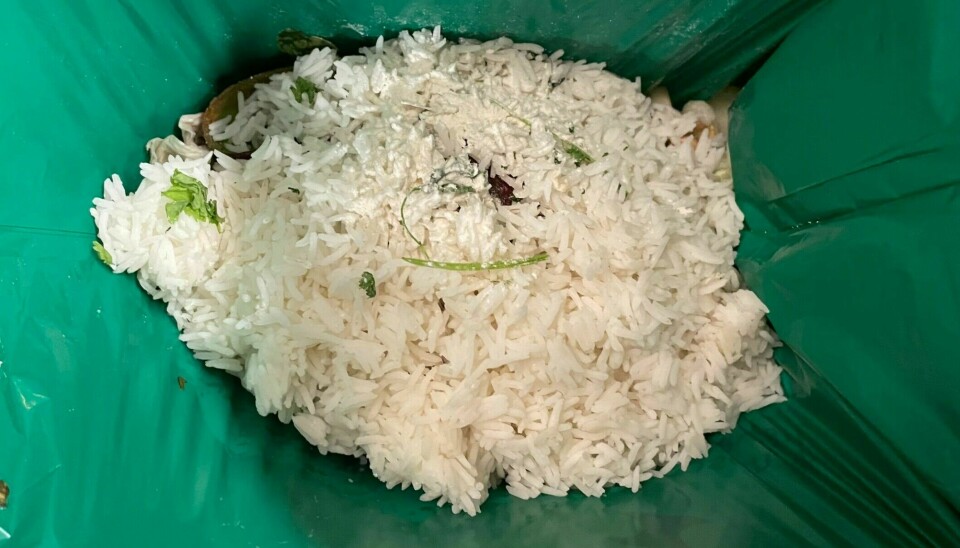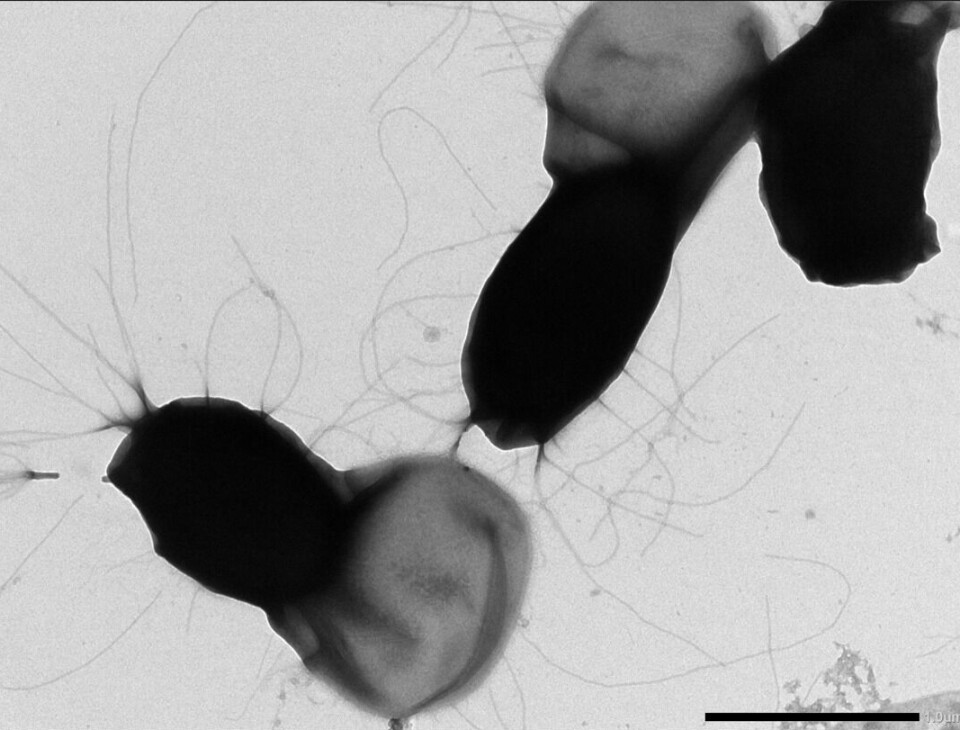
This is how you can avoid food poisoning from leftover rice and pasta
It is only when a large number of bacteria are present that you experience diarrhoea and possibly vomiting. But it is perfectly possible to avoid this without having to throw food away.
That cooked rice and pasta can become dangerous if left on the kitchen counter for too long, periodically pops up in the media.
But how dangerous is it really? And what can we do to avoid getting food poisoning from leftover rice and pasta?
The culprit is called Bacillus cereus and is a bacterium that naturally exists in soil. It may have been dormant for hundreds, thousands, or millions of years before one find day waking up in our food.
But whether we get food poisoning or not depends on the amount we ingest.

“Most people probably eat some Bacillus cereus every day without getting sick from it,” Professor Marina Elisabeth Aspholm tells sciencenorway.no. She works at the Norwegian University of Environmental and Biosciences (NMBU).
Be cautious after six hours at room temperature
For you to get food poisoning, there typically needs to be between 1,000 and 100,000 bacteria per gram of food, Aspholm estimates.
This happens only after the food has been left out for a long time away from a cold refrigerator.
“After six hours at room temperature, you should start being careful,” the NMBU researcher says.
But whether you get sick or not will always depend on which variant of the bacterium is present, what your health condition is, and what type of food is involved.
And if you consume just a few grains of rice loaded with bacteria, it is not enough to make you ill. However, you might feel a bit of rumbling in your stomach, according to Aspholm.
13 people poisoned by mashed potatoes
Rice and pasta are not the only foods that are at risk.
In 2021, at least 13 people in the municipality of Moss got food poisoning from this bacterium after eating the same homemade mashed potatoes.
A similar outbreak happened with 15 people in Oslo municipality in 2023. The suspected dish was a quinoa salad from a catering company.
This information was shared with sciencenorway.no by the Norwegian Institute of Public Health (NIPH) and the Norwegian Food Safety Authority. NIPH registers major outbreaks of the bacterium but not individual cases.

There is usually no lasting harm
The reason the bacteria can cause diarrhoea or vomiting is that they produce toxins.
Most viewed
But even though it is awful to have food poisoning, the illness is short-lived and usually causes no lasting harm, Aspholm points out.
Admittedly, there are horror stories from other countries about people who have died from old rice or pasta leftovers. But this happens extremely rarely, according to Aspholm.
Typically, those who died had eaten food that had been stored at room temperature for more than two days, or their refrigerator had not been cool enough.
However, you can also avoid the more benign food poisoning if you understand how this insidious bacterium behaves. Without having to throw away the leftovers.
Wakes from dormancy after cooking
All food items have many different bacteria, but most die during heat treatment. But because Bacillus cereus is encapsulated in a spore, it is extremely resistant.
Only after the food has been cooked and all other bacteria have died do the small bacilli wake up from their slumber.
Thrives at room temperature
The damage occurs when the food is left for too long before it is put in the fridge.
“That's because when rice and pasta sit on the kitchen counter, they reach a temperature that is excellent for Bacillus cereus to grow and produce toxins in,” Aspholm says.
The bacteria then grow and divide into two. Each time this happens, there are twice as many bacteria in the food. This has little effect on us in the first few hours, but after a while, the number of bacteria skyrockets.
This also happens if the food is cooled too slowly, or you keep the food warm at too low a temperature.
The NMBU researcher therefore has the following tips:
Do not keep rice, pasta, and potato leftovers
If more of us follow these tips, Norway can reduce food waste.
Norwegians frequently discard leftovers like potatoes, pasta, rice, and other grain products without even trying to save them, according to a survey from the Norwegian Institute for Sustainability Research (NORSUS).
While there isn't a precise measurement of how much of these foods Norwegians throw out, using figures from the institute provides us with an indication.
Over the course of one year, each Norwegian throws away:
- Just under 1 kilo of rice and other grain products.
- Around 2 kilos of pasta.
- Around 3 kilos of potatoes and other potato products.
This estimate is based on the fact that Norwegians throw away around 40 kilograms of food each year and numbers from a survey NORSUS conducted in 2021.
References:
Kartleggingsrapport for matbransjen og forbrukerleddet (Survey report for the food industry and consumer sector). NORSUS, 2023.
Kartleggingsrapport for matbransjen, undervisning- og omsorgsektoren og forbrukerleddet (Survey report for the food industry, education and care sectors, and the consumer sector). NORSUS, 2021.
———
Translated by Alette Bjordal Gjellesvik
Read the Norwegian version of this article on forskning.no





































